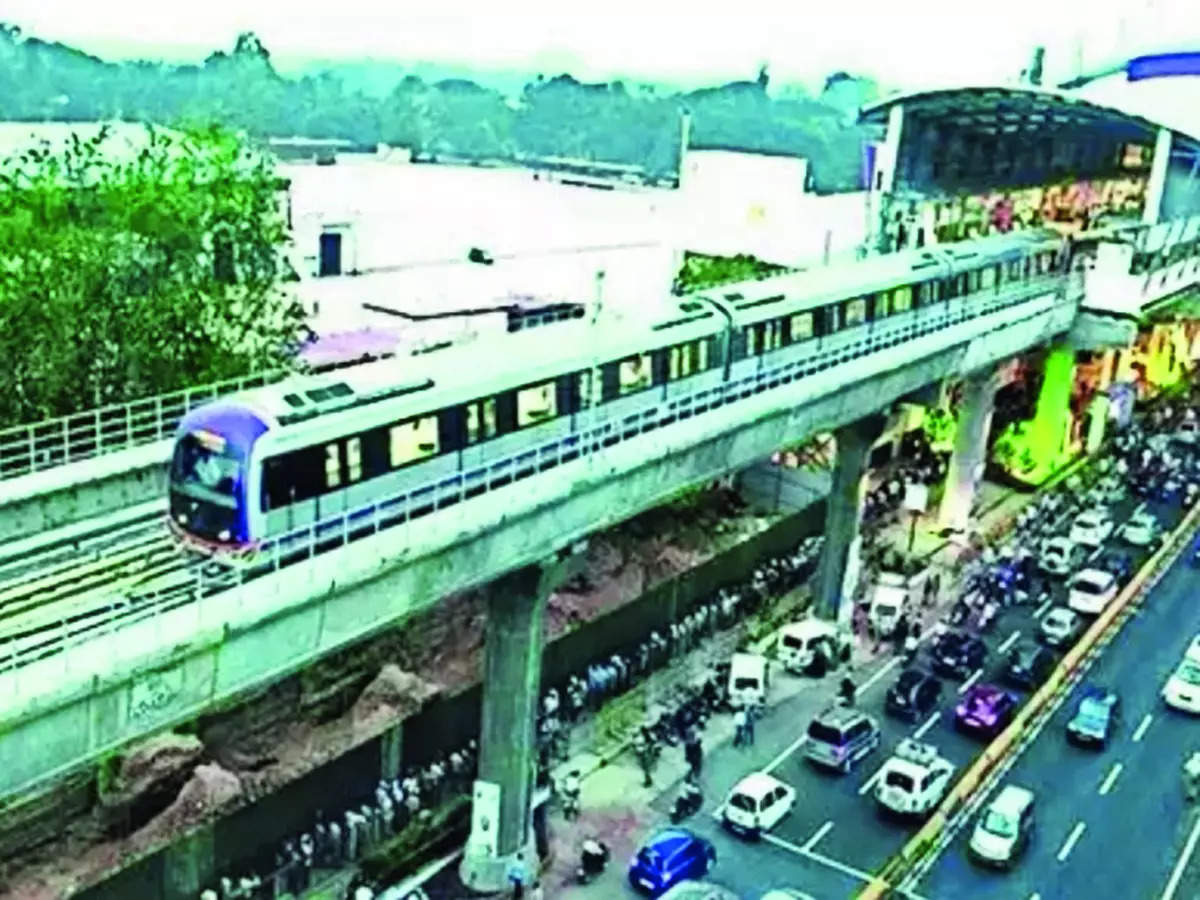Bhaskar, BM ReaderThe city has witnessed the expansion of
road networks and the construction of
flyovers to accommodate increasing vehicular traffic.
Metro has addressed the need for modern transportation, easing congestion on the roads.
Lingaraju, BM Reader
Improved connectivity between major residential and commercial areas has been a focus. The Outer Ring Road has undergone development to accommodate the increasing demands of the IT industry and residential expansion.
Maruthi, BM Reader
Bus Rapid Transit System initiatives have been introduced to provide more reliable bus services, reducing travel time for commuters. Initiatives to promote cycling, including dedicated lanes and bike-sharing, aim to address congestion and promote eco-friendly commuting. The implementation of intelligent traffic management systems has improved flow and reduced bottlenecks at intersections.
Jagadeesh, BM Reader
The creation of pedestrian-friendly zones in certain areas enhances safety and encourages walking, contributing to a healthier urban environment. Introduction of last-mile connectivity solutions, such as shared mobility services and e-rickshaws, improves accessibility from public transport hubs to final destinations.
Anitha, BM Reader
Implementation of smart parking solutions helps optimize parking spaces and reduce traffic congestion caused by the search for parking. Plans for integrated transport hubs that combine various modes of transportation, including buses, metro, and railways, aim to streamline inter-city and intra-city travel.
Speak to us
Can you share a brief history of Bangalore, highlighting key milestones and events that shaped the city?
If you want to be featured in this section, mail us your answer to this question, in 25 words, with ‘Tap The Chatter’ in the subject line. Mail us with your name, occupation & a picture at mybangaloremirror@timesgroup.com or WhatsApp us on 9591233247

